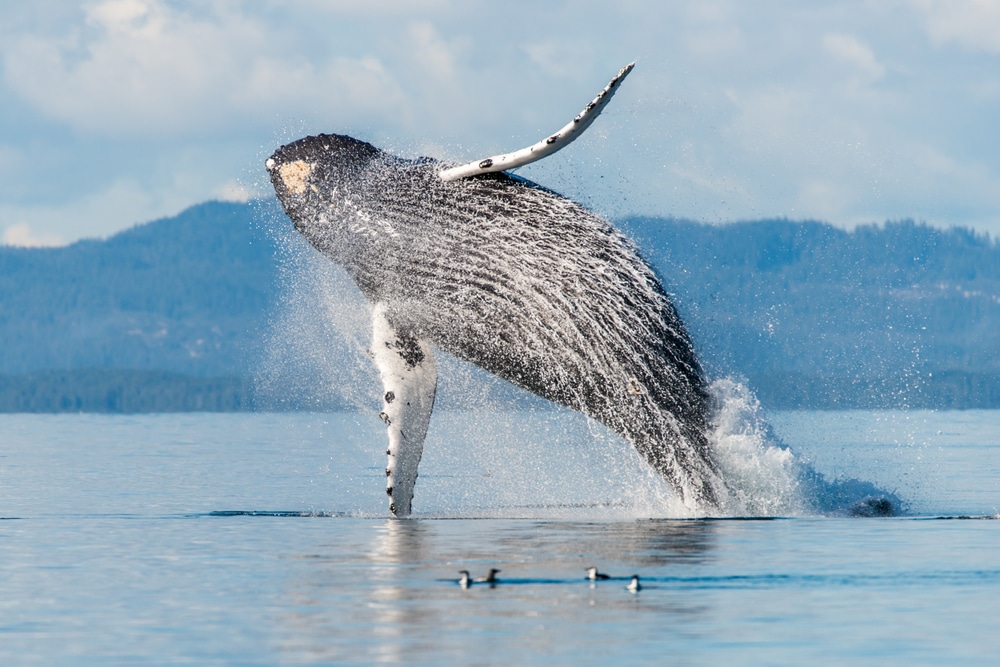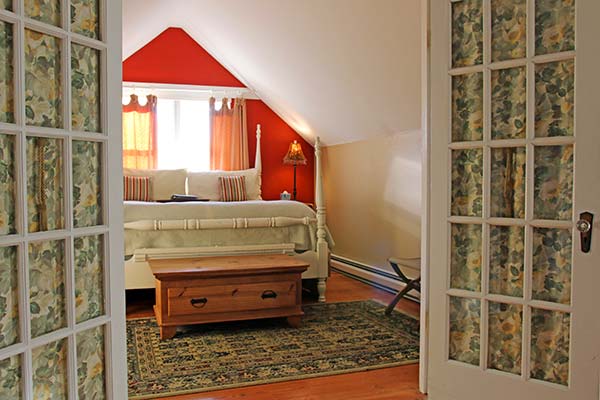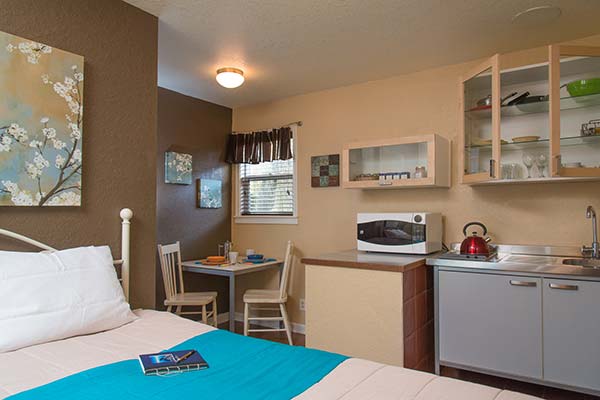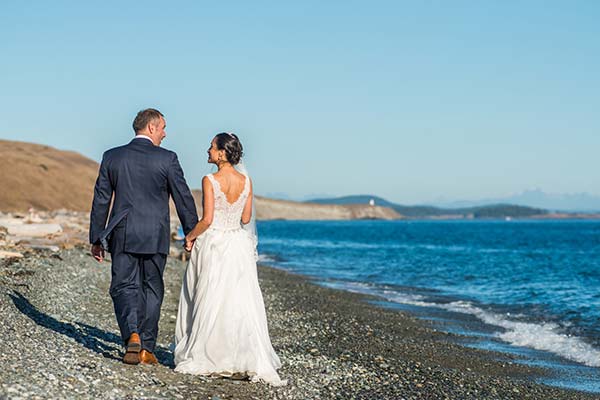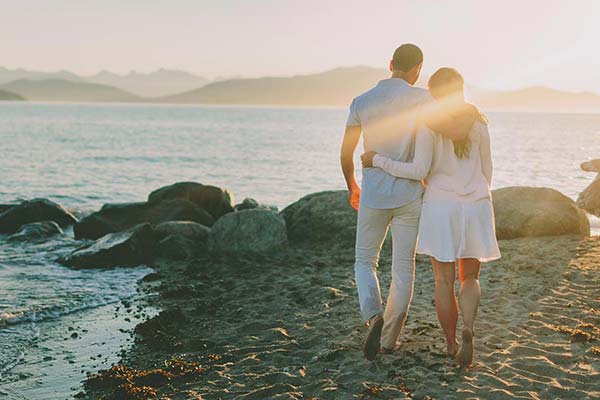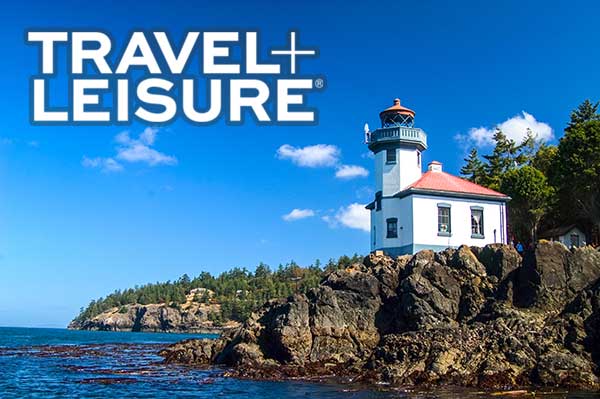Whale-watching tours in the San Juan Islands are a sought-after experience on the bucket lists of many – and it’s no wonder why. The San Juan Islands are one of the premier destinations in the world for whale watching. The waters of this serene island archipelago, which lies on the northern border between Washington and Canada, are home to five different types of whales, including resident and transient pods of Orcas, Humpbacks, Minkes, and Gray Whales.
While peak whale-watching season in the San Juan Islands typically runs from April through October, winter is another unique and perhaps quieter season to enjoy these magnificent ocean mammals. There are, of course, plenty of whale watching tours in the San Juan Islands, and even a few opportunities to spot these frolicking animals from land – especially during the peak summer months. Aside from the opportunity to see these majestic ocean-bound creatures, whale-watching tours in the San Juan Islands offer an exceptional opportunity to see other wildlife and the area’s stunning natural beauty. Spotting whales isn’t always guaranteed – but your enjoyment of your time on the water is.
Whether you’re planning a winter retreat to the beautiful San Juan Islands this winter for some of that coveted downtime you so badly need, or you’re doing some planning for adventures next summer, there’s only one place worth staying while you’re here: The Tucker House Inn and Harrison House Suites. Our charming Inns offer the best Friday Harbor lodging. We’re within walking distance of the Friday Harbor Ferry Terminal and offer upscale family and pet-friendly lodging with individualized service and exquisite attention to detail. We pride ourselves on our hospitality from the moment you check in to the moment you leave San Juan Island.
If seeing orcas and other whales in their natural habitat has been on your bucket list, then now is the time to plan your whale-watching tours in the San Juan Islands. Book your room at our Friday Harbor lodging today!
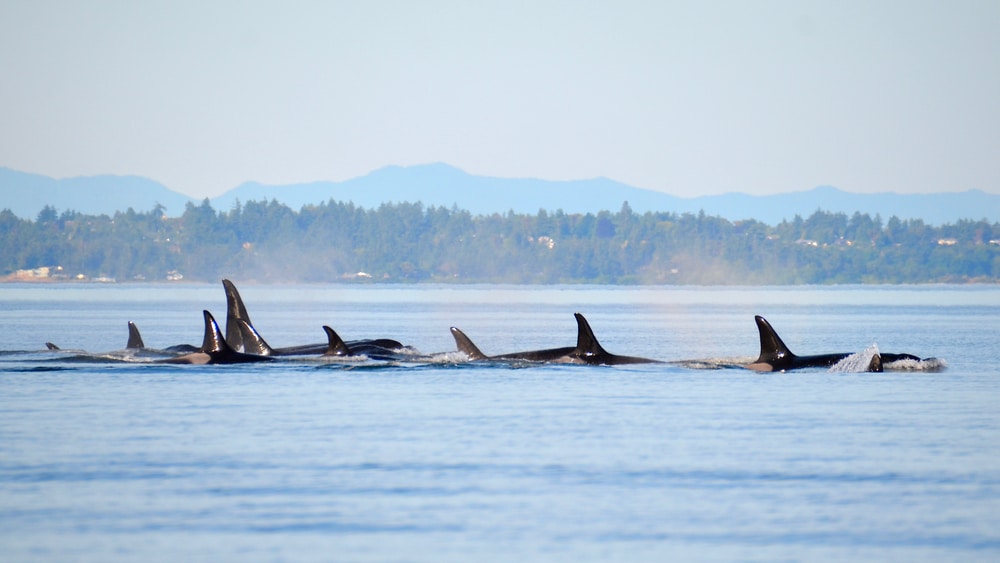
The Best Whale Watching Tours in the San Juan Islands
Though whale-watching tours in the San Juan Islands operate year-round, the best time to see them is between April and October. During these months, transient orca pods and other whales visit the San Juans’ rich feeding grounds. Witnessing the majestic beauty of these animals in their wild habitats is the experience of a lifetime.
There are many whale-watching tours that operate out of Friday Harbor, and we partner with several of them. The boats used for these tours range from small boats and zodiac-style adventures to more spacious and comfortable vessels. We’ve listed the tour operators and a brief description of their whale-watching tours below, but our concierge would be more than happy to help you narrow down your choice to the right tour for you.
- San Juan Safaris offers two different tours: the classic larger vessel tours and the high-speed adventure boat tour. Both whale-watching tours are 3-4 hours long and include a naturalist on board to help answer questions as you search for whales.
- San Juan Outfitters offers whale-watching tours out of Roche Harbor. They do a wonderful job of highlighting not just the orcas of the San Juans but also the other wildlife, including Dalls Porpoise, Harbor Porpoise, Minke Whales, Humpback Whales, Bald Eagles, and more. Their tours also include a naturalist on board, and they boast a 90% success rate during peak whale-watching season.
- Western Prince Cruises offers shorter or longer-range extended whale-watching tours in the San Juan Islands aboard its fast adventure boat. It also offers private charters, which are perfect for groups.
- The whale-watching tours operated by San Juan Excursions also begin in Friday Harbor aboard a converted Navy search & rescue vessel that was built in 1941. The boat offers multiple wrap-around viewing decks for a complete experience as you venture out in the waters around the San Juan Islands in search of whales and other wildlife. They also offer a guarantee of seeing orcas on your trip, or they’ll give you a second tour for free.
- Maya’s Legacy Charters offers whale-watching tours aboard its innovative boats and with a passionate crew of experts. The tours are intimate and small, focusing on the natural ecosystem of the San Juan Islands and its inhabitants. They offer multiple whale-watching tours to suit your needs and always have an experienced naturalist on board. These San Juan Island whale watching tours are available year-round if there’s demand.
You don’t have to go out on a boat to enjoy a bit of whale watching in the San Juan Islands, though. Lime Kiln Point State Park, often nicknamed “whale watch park,” is one of the best places in the world to enjoy whale watching from the safety of land, particularly during the busy migratory seasons. The orcas’ feeding patterns in these waters often bring them really close to shore, allowing for excellent viewing from here. To learn even more about these incredible animals, head to the Whale Museum in Friday Harbor. It’s just a short walk from our Bed and Breakfast in Friday Harbor.
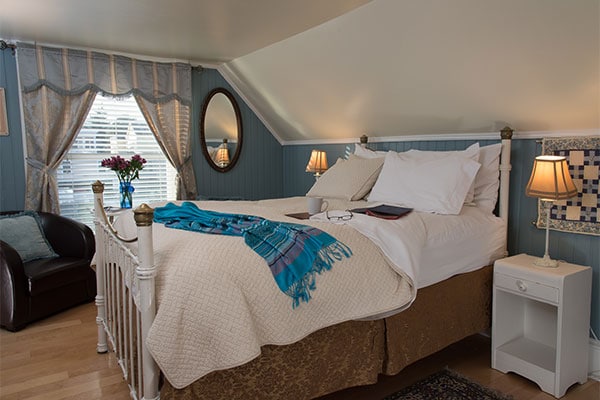
Choose the Best Friday Harbor Lodging
After an adventure on the water, return to our top-rated Friday Harbor lodging at The Tucker House Inn or Harrison House Suites and get changed for dinner. Our restaurant, the Coho Restaurant, is just down the street from the Inns and offers guests an exquisite farm-to-table dining experience in the San Juan Islands. We use high-quality local ingredients whenever possible and make absolutely everything from scratch. Alongside dinner, choose a complementary wine from our extensive list, featuring wines culled from the great producers of Washington, Oregon, and California along with a fine selection of international wines.
After dinner, your luxurious home away from home awaits. Our Friday Harbor lodging has everything you need for a relaxing getaway, including traditional guest rooms, spacious suites, and well-appointed vacation cottages. We offer both pet and family-friendly accommodations, too, all just steps away from downtown Friday Harbor. No matter the type of room you select for your getaway, you’ll find our Friday Harbor lodging is well-appointed with a variety of modern comforts and elevated amenities.
In the morning, we’ll treat you to our signature breakfast. Everything is made in-house from scratch and includes fresh fruit, our house-made granola, and Greek-style yogurt. Then, a savory hot entrée of the day will be delivered right to your door. We change our menu frequently depending on the availability of local ingredients and are happy to accommodate dietary preferences with advance notice. We even have a to-go option for those early morning activities, including various whale-watching tours in the San Juan Islands.
If you’re ready to experience the best of the San Juan Islands, now’s the time to secure your spot at our exquisite Friday Harbor lodging. Book your room today!

